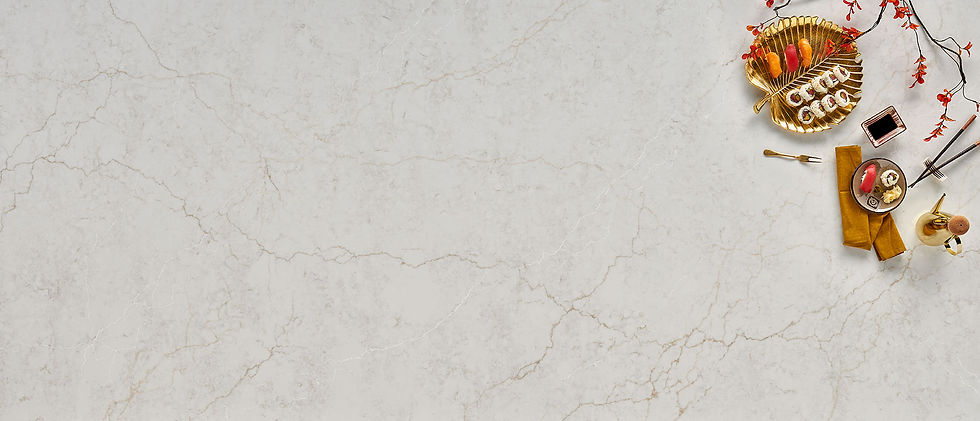Tile Installation in NYC: A Comprehensive Guide for Urban Homeowners
- RTM StoneWorks
- Aug 7, 2024
- 3 min read

New York City, with its eclectic mix of historic charm and modern sophistication, is a unique landscape for home renovation and design. Among the myriad of renovation projects that NYC homeowners undertake, tile installation remains a popular choice. Whether you're revamping a cozy apartment or updating a sleek condo, tile installation offers both functionality and style. Here's everything you need to know about tile installation in the Big Apple.
Why Tile?
Tiles are a versatile and durable choice for both residential and commercial spaces. They come in a variety of materials—ceramic, porcelain, glass, natural stone, and more—each offering distinct benefits. For NYC homeowners, tiles are ideal due to their resistance to moisture, ease of maintenance, and wide range of design options that can suit any aesthetic from modern to classic.
Choosing the Right Tile
1. Material Matters
Ceramic Tiles: These are the most common and cost-effective option. They are perfect for high-traffic areas like kitchens and bathrooms.
Porcelain Tiles: A subtype of ceramic, these are denser and more durable. They are great for both indoor and outdoor applications and are particularly suited for the harsh NYC winters.
Glass Tiles: These offer a sleek, contemporary look and are perfect for creating stunning backsplashes or accent walls. However, they can be more delicate and require careful handling during installation.
Natural Stone Tiles: Marble, granite, and slate tiles provide a luxurious feel but need more maintenance to prevent staining and damage.
2. Style and Size
Tiles come in various shapes and sizes. Subway tiles are a classic choice for kitchens and bathrooms, while larger tiles or mosaics can create a more modern look. Choosing the right size and pattern can significantly impact the visual appeal of your space.
The Tile Installation in NYC Process
1. Preparing the Surface
A successful tile installation begins with a well-prepared surface. Whether you’re tiling over concrete, wood, or drywall, the surface must be clean, dry, and level. For existing tiles, you may need to remove them before starting the new installation.
2. Layout Planning
Planning the layout is crucial for a professional finish. Many installers use a grid system to ensure tiles are evenly spaced and aligned. It’s often recommended to start in the center of the room and work outward to avoid uneven edges.
3. Adhesive and Grouting
The choice of adhesive depends on the tile material and the surface. Thin-set mortar is commonly used for most installations. After laying the tiles and allowing them to set, grout is applied to fill the gaps between tiles. Sealing the grout is essential to prevent moisture penetration and staining.
4. Cutting and Fitting
Tiles often need to be cut to fit around edges and corners. Professional installers use specialized tools to ensure precise cuts and a seamless look.
Cost Considerations
The cost of tile installation in NYC can vary widely based on the tile material, size of the area, and complexity of the job. High-end materials or intricate designs will increase the cost.
Maintaining Your Tiles
Once installed, proper maintenance is key to keeping your tiles looking their best. Regular cleaning with appropriate products and periodic sealing will help maintain their appearance and longevity.
Conclusion
RTM Stone Works offers Tile Installation services in NYC with a blend of functionality and style that can elevate any space. By selecting the right materials, planning carefully, and considering professional help, you can achieve a beautiful and durable result that complements your urban lifestyle. Whether you're remodeling your kitchen, bathroom, or any other space, tiles provide endless possibilities for design and durability.
Embrace the beauty and practicality of tiles, and transform your NYC home with a touch of elegance and resilience that stands up to the test of time and urban life.




Comments